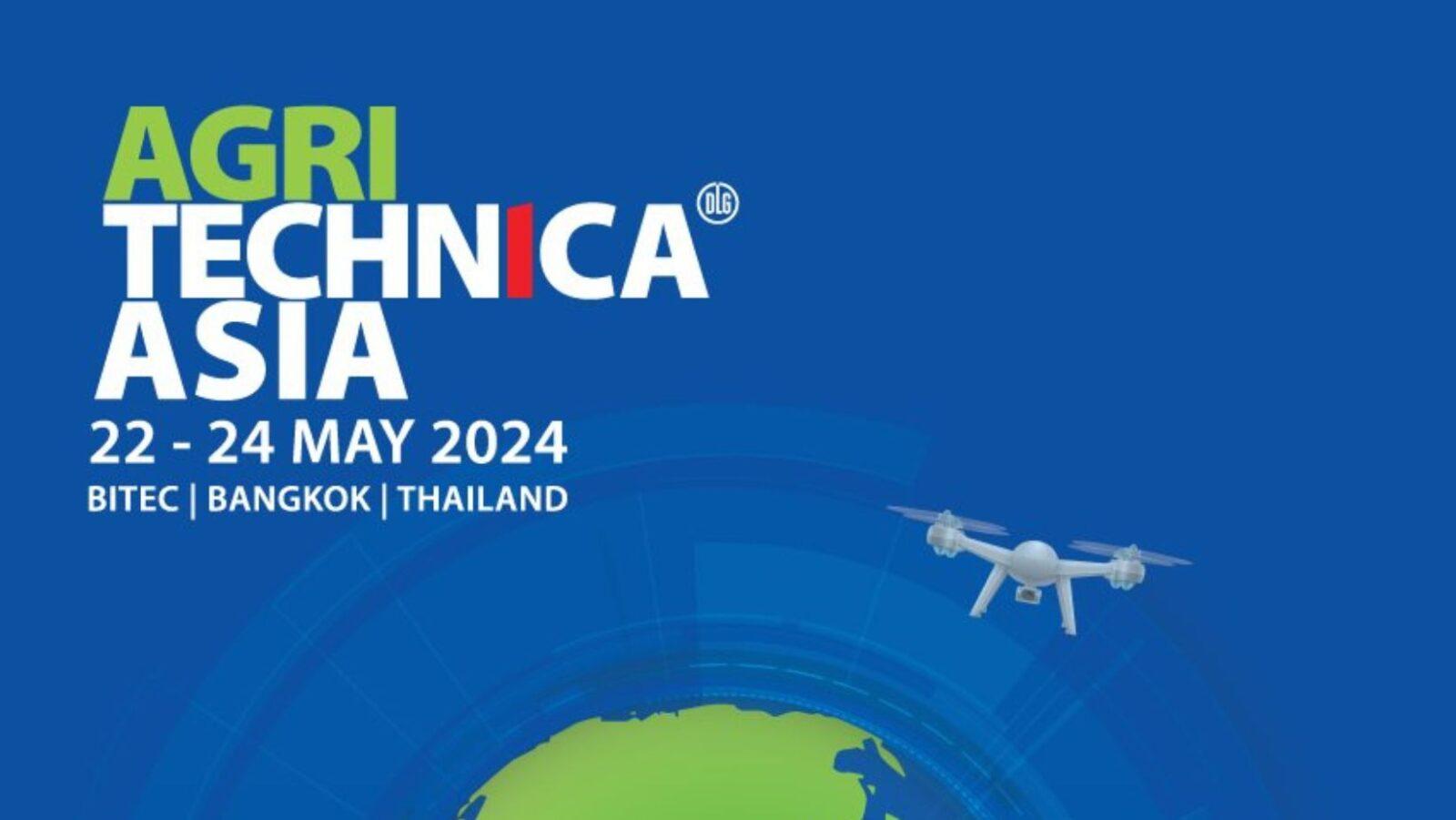When Chinese entrepreneur Jack Ma visited the Philippines last month, he did not mince words about the country’s internet speed. Calling it “no good,” Ma, who founded e-commerce site Alibaba, emphasized the importance of a fast and reliable internet connection.
Fortunately, the Department of Information and Communications Technology (DICT) took the first step towards solving the Philippines’ internet problem. Partnering with the Bases Conversion Development Authority (BCDA) and EDGE (a.k.a. Facebook), the DICT initiated the Luzon Bypass Infrastructure (LBI) project.
Submarine cables, superior Internet
The LBI project involves the construction and operation of submarine cable landing stations to establish an “ultra high-speed Internet backbone” for the country by the end of 2019.
The BCDA will construct two cable landing stations connected via a 250-km-long cable network corridor. Meanwhile, Facebook will build and operate the submarine cable system running across Luzon’s east and west coasts. This link will connect the Luzon grid directly to internet hubs in Asia and the United States. Lastly, the DICT will be in charge of operating and maintaining the LBI and its facilities for 25 years.
Facebook is set to be the first to use the planned infrastructure, which will provide Filipino users with connection speeds of up to 100 Mbps, upon its completion. In addition, the social media giant will provide the Philippine government with a bandwidth of at least 2 million Mbps (2 Tbps). This comes close to what the country’s leading telecommunications companies are currently offering.
The Department of Science and Technology (DOST), which the DICT was formerly under, expressed support for this initiative. In a statement during the LBI launch in Taguig City last November 15, DOST Secretary Fortunato T. de la Peña said:
“The signing of the Landing Party Agreement or LPA between the DICT, BCDA, and EDGE for the Philippine government’s first cable landing stations under the Luzon Bypass Infrastructure Project is a major milestone in the history of ICT development in our country.”
The BCDA will provide a “terrestrial bypass route” for the Pacific Light Cable Network, a trans-Pacific fiber optic submarine cable system managed by EDGE. Stretching across Luzon, the cable will pass through government cable landing stations in Baler, Aurora and San Fernando, La Union. This will support and diversify the typical submarine cable routes across the Pacific.
A long, slow crawl to faster Internet
Much time, planning, and negotiation went into realizing the LPA signing. What would eventually become the LPI was the initiative of the Advanced Science and Technology Institute (ASTI) of the DOST and the Information and Communications Technology Office (ICTO). Through the Philippine Research, Education, and Government Information Network (PREGINET) project, DOST-ASTI sought to improve the country’s connectivity.
As Sec. de la Peña put it:
“We have heard about how ICT technologies and applications have enabled our neighbors to achieve even more economic growth and prosperity. We have seen how societies and communities have flourished through better, faster and more pervasive connectivity.
“This, too, is our aspiration for our country. Moreover, it is our commitment to our people.”
Sadly, all that we can do right now is wait for 2019 and hope for the best. –MF

Author: Mikael Angelo Francisco
Bitten by the science writing bug, Mikael has years of writing and editorial experience under his belt. As the editor-in-chief of FlipScience, Mikael has sworn to help make science more fun and interesting for geeky readers and casual audiences alike.






